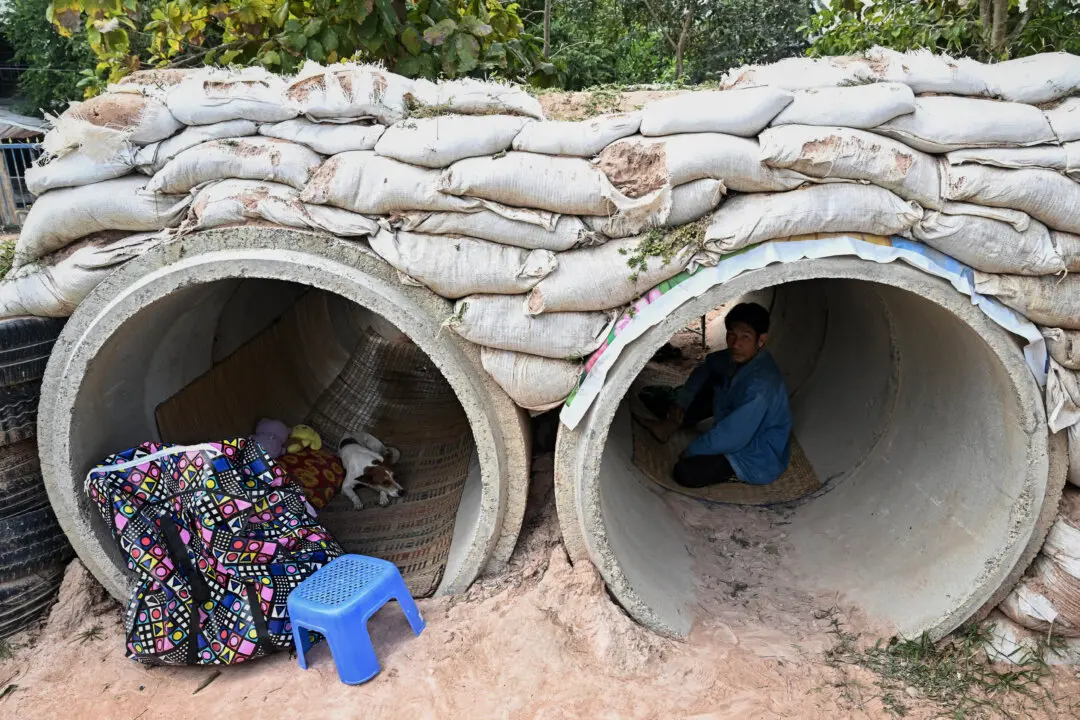The withdrawal of remaining U.S. military forces in Afghanistan is making steady headway, with up to 12 percent of the process already complete, the Pentagon has said.
The U.S. military’s Central Command, or Centcom, said in a May 11 statement that it estimates completion of between 6 to 12 percent “of the entire retrograde process,” the technical term for withdrawal of forces and equipment. At the same time, the Pentagon isn’t disclosing specific troop drawdown numbers as a precaution against possible Taliban attacks.





